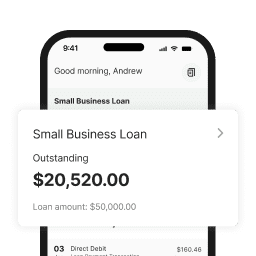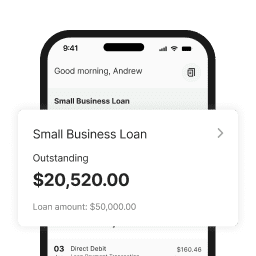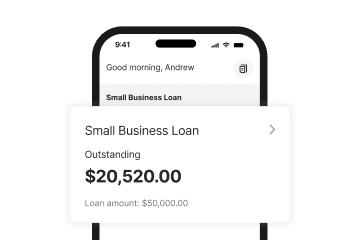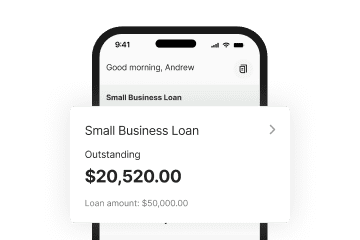Create your social media strategy in just 60 minutes. Follow our step-by-step guide and download the free social media calendar template to get started.
At a glance
- Generate leads through social media with minimal effort using proven lead generation tips.
- Define your goals and audience, choose your platform, plan, create, and schedule your content to save time and boost engagement.
- Download our free, easy-to-use content calendar template for small businesses to create a social media strategy that drives results.
This guide will walk you through five key steps to build a simple content calendar that helps generate leads in just 60 minutes. Follow along with Jack, a landscaper who specialises in native Australian plants, to learn how every small business owner can achieve consistent marketing results with social media.
Step 1: Define your audience and goals
The first rule of any strong social media strategy is to understand who you’re speaking to and why. Whether you want to increase engagement, attract new customers, or generate leads, a focused approach will deliver better results.
How to do it
- Identify your target audience — who are your ideal customers? Write down one to two key customer personas with geographic and demographic details, interests, pain points, and common behaviours. Ask yourself:
- Who benefits the most from your products or services?
- What problems do they have that you can solve?
- What are their social media habits?
- Set SMART goals — Specific, Measurable, Achievable, Relevant, and Time-bound. Rather than aiming vaguely for “more followers”, set clear targets like “generate 20 new leads per month” or “increase Facebook engagement by 20% by March”.
Example: Jack identifies his key audience and sets his goals
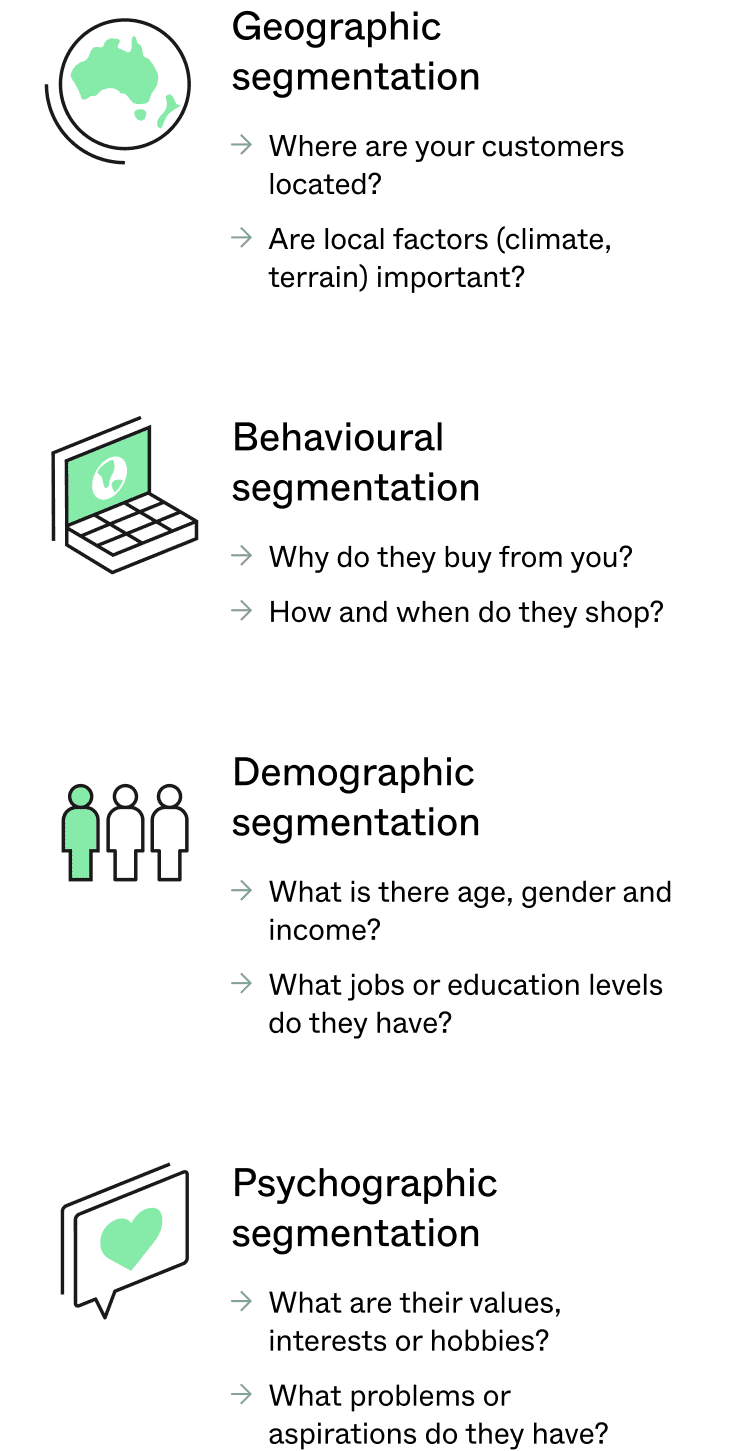

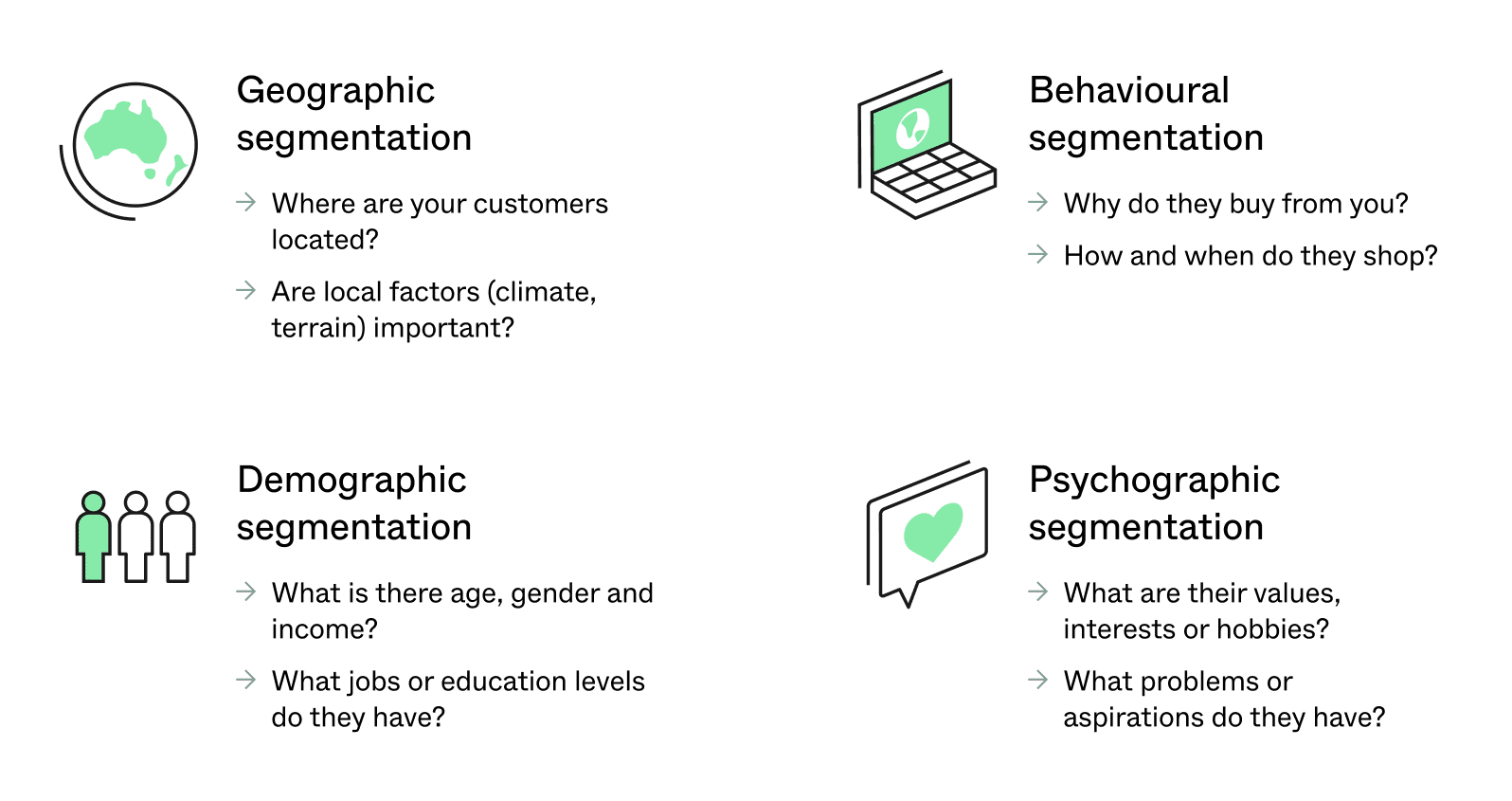
Our native plant specialist landscaper, Jack, has zeroed in on his ideal audience: environmentally conscious but busy homeowners aged 30-60 based in metropolitan Sydney who want beautiful, low-maintenance gardens. They care about sustainability, have the budget to invest in professional landscaping, and seek expert guidance to transform their outdoor spaces into a designer oasis.
With this in mind, Jack’s SMART goal is to generate 15 new inquiries from this target market and secure 3 bookings for landscaping within a month.
Step 2: Choose your platforms wisely
You don’t need to be on every social media platform to reap the benefits of being online. To save time, focus on the platforms where your ideal customers are most active.
How to do it
Use this quick framework to decide where to focus your efforts:
| Platform | Best for… | Content style | Business examples |
|---|---|---|---|
| Visual businesses | High-quality images, before-and-after transformations, reels, stories | Landscaping, beauty, fashion, hospitality, architecture | |
| Local community engagement and word-of-mouth marketing | Business pages, community groups, customer reviews, events | Tradespeople, local service providers, restaurants, fitness studios | |
| B2B businesses, industry networking, and thought leadership | Articles, professional insights, business updates, hiring posts | Consultants, financial services, marketing agencies, SaaS companies | |
| TikTok | Typically younger audiences, short-form educational and entertaining content | Quick tips, tutorials, behind-the-scenes, trends | Personal trainers, beauty brands, online coaches, handmade product sellers |
| Lifestyle businesses driving website traffic | Infographics, step-by-step guides, mood boards, product inspiration | Interior designers, wedding planners, fitness bloggers, DIY creators |
Example: Jack chooses his ideal platforms
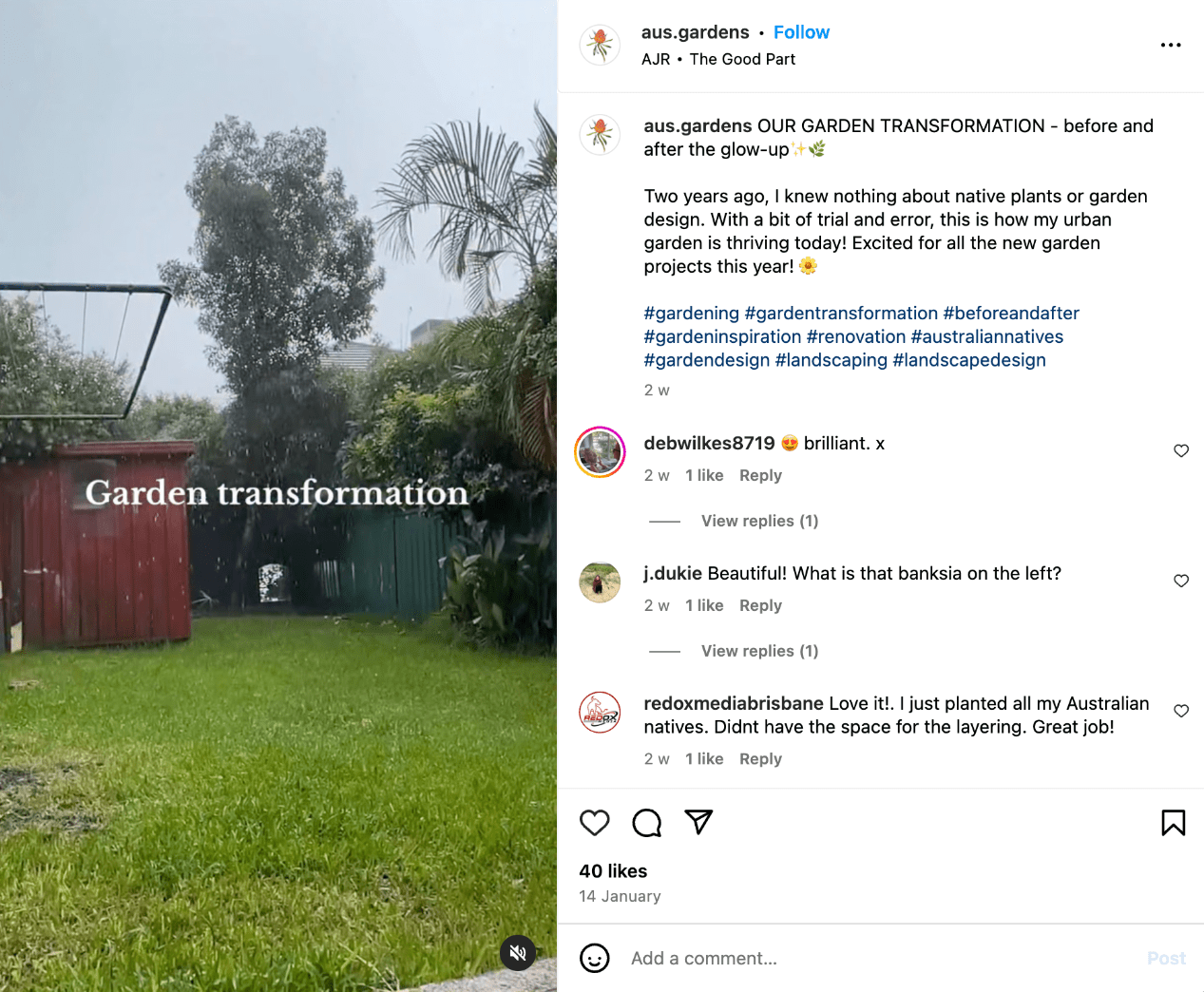
Jack knows his target audience is most active on Facebook and Instagram. He uses Instagram to showcase his work visually and Facebook to engage with local groups and build relationships. By focusing on these two platforms, Jack is able to market his business efficiently and connect with his target audience without feeling overwhelmed.
Step 3: Plan your content using the social media calendar
A planned-out calendar helps you stay consistent and avoid last-minute stress. You can use it to align your content with upcoming events and spot more opportunities to share timely and relevant posts.
How to do it
- Break your content up into themes to keep your feed fresh with a mix of:
- Project examples: before-and-after transformations, completed projects
- Educational content: tips, how-tos, expert insights
- Customer testimonials: reviews, success stories
- Behind-the-scenes content: peeks into your daily process
- Promotions: offers and discounts
- Announcements: collaborations and new product launches
- Use Prospa’s social media content calendar to streamline content planning — simply fill it in with ideas, keywords, captions, and media for the weeks and months ahead.
Example: Jack’s weekly social media plan
Here’s how Jack organises his social media content using Prospa’s calendar template:
Step 4: Create engaging content quickly
Social media can help your business achieve big results: it builds trust in your brand, keeps your audience engaged, and generates valuable leads. While it’s an essential part of your marketing strategy, creating content shouldn’t take up all your time. These time-efficient social media tips for small business owners will help you create high-quality content quickly.
How to do it
- Use easy-to-use tools: Platforms like Canva and CapCut let you create professional-looking graphics and videos in minutes. Use their templates for anything from before-and-after images to discount promotions, and short-form videos.
- Repurpose content: To save time, you can re-purpose existing content. Turn a blog post into a series of Insta carousels and reels, transform a customer review into a case study for LinkedIn, or turn a before-and-after transformation into a TikTok video.
- Schedule ahead: Apps like Buffer, Hootsuite, or Meta Business Suite are invaluable for batch-creating and scheduling posts in advance.
Example: Jack’s quick content strategy


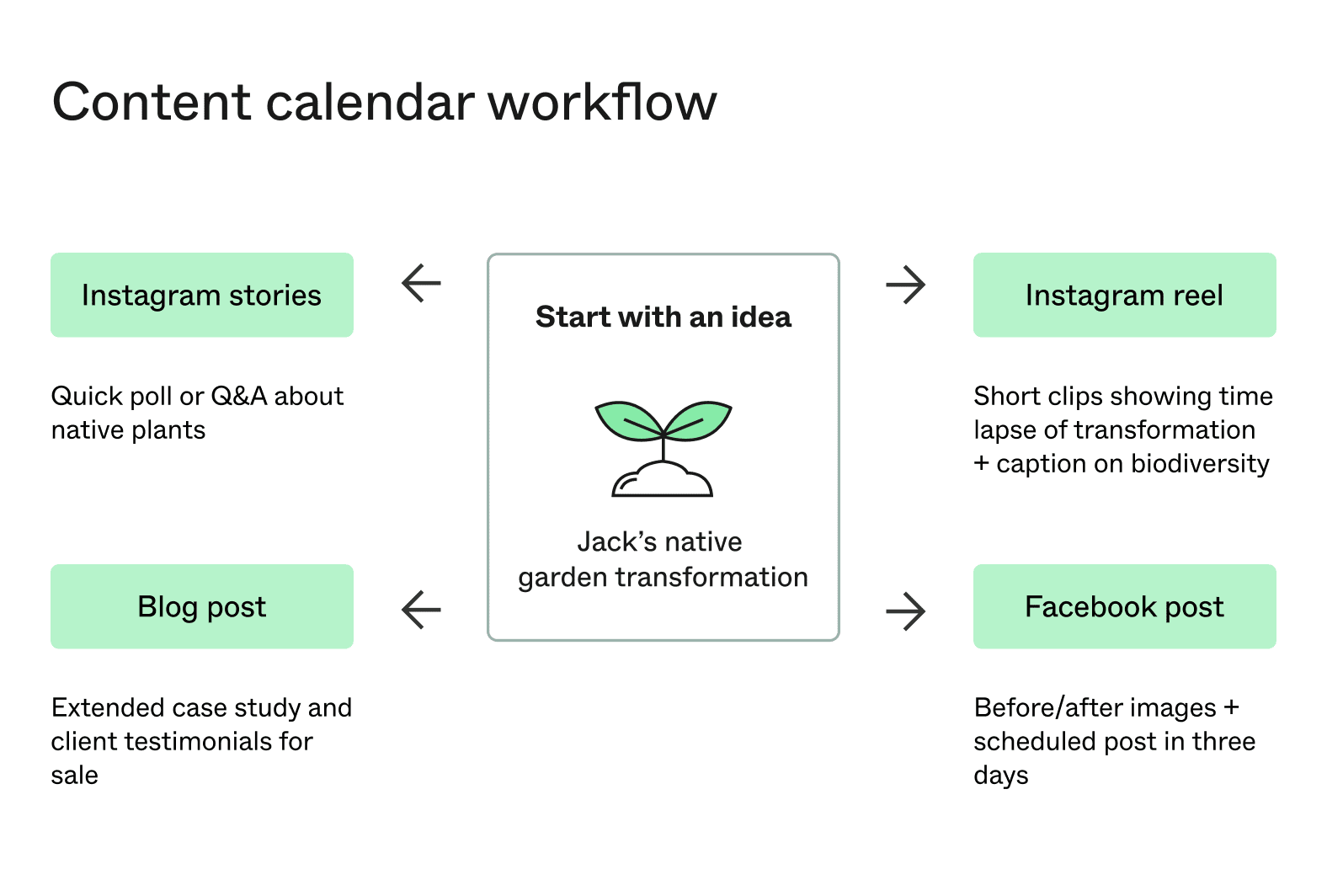
Jack knows his audience loves real-life garden transformations, so he starts with one idea: his latest project turning a backyard into a native wildlife habitat. He creates an Instagram Reel with a time-lapse and a caption on native plant benefits, then repurposes it into a Facebook post with before-and-after images, a blog post as a case study, and Instagram Stories with a quick poll — maximising content while saving time.
Tip: Repurpose content by mixing and matching any formats to turn one opportunity into as many engaging posts as possible.
Step 5: Track and refine your strategy
Posting consistently is important, but it’s just as crucial to ensure your social media strategy is delivering results. Even as a sole trader, a social media strategy should include regular assessments to identify what resonates most with your audience.
How to do it
- Learn to interpret platform insights: social media platforms provide built-in analytics to track key metrics, including:
- Engagement: the number of likes, shares, and saves.
- Reach: how many people saw your post.
- Clicks: how many people clicked through to your website or link.
- Identify your top-performing content: Does your audience engage more with testimonials, project showcases, or tips and tricks? Once you spot a trend, you can create more of that type of content. Be sure to pay attention to the time of day and day of the week to see if you can identify patterns.
- Make data-driven adjustments: For posts that underperform, experiment with the format, timing, or messaging to see what resonates better with your audience.
Jack adjusts his social media content strategy

By reviewing his Instagram insights, Jack notices his video tips consistently get the most traction, with higher likes, shares, comments, and saves than other posts. Based on this, he decides to create a ‘Tuesday Tips’ series to share similar content that aligns with his audience’s preferences. At the same time, he decides to post fewer business promotions, saving those for a more targeted sales drive later in the year.
Ready to get started on your social media content strategy?
- Download your free social media content calendar template
- Block out 60 minutes in your diary to map out your content
- Watch the leads start to roll in!
Discover all the ways Prospa can help your business grow. Talk to a Prospa specialist today.






